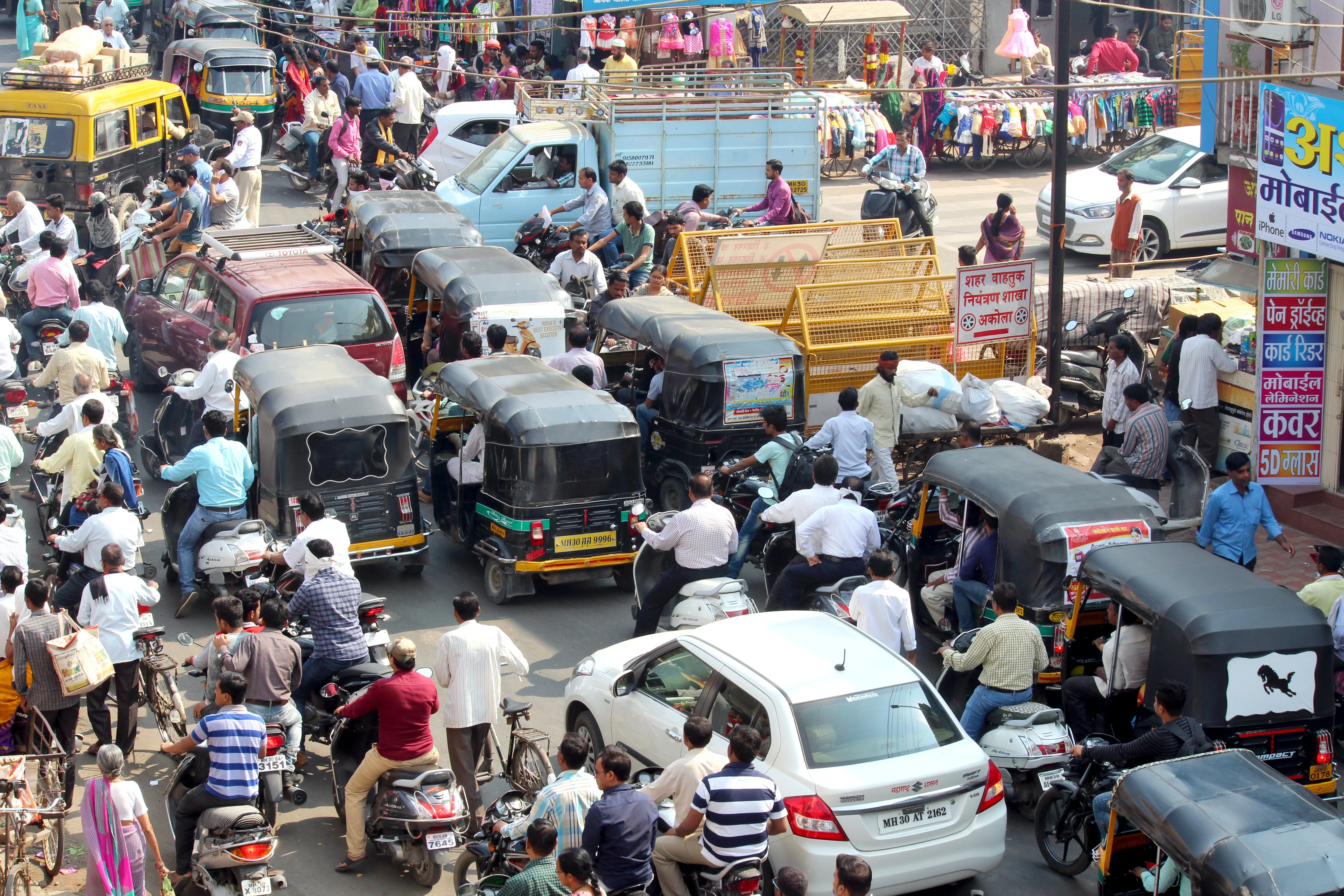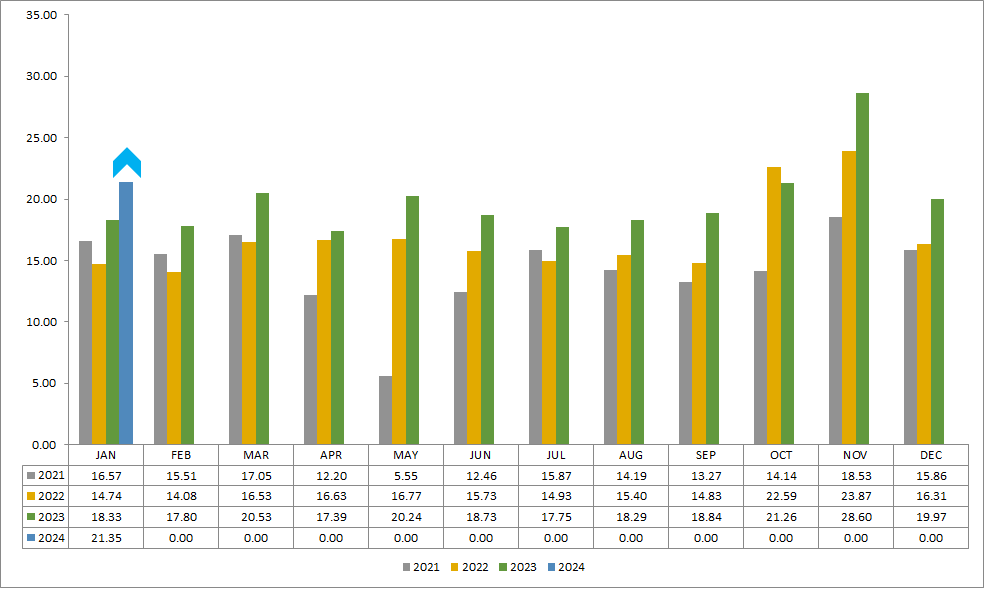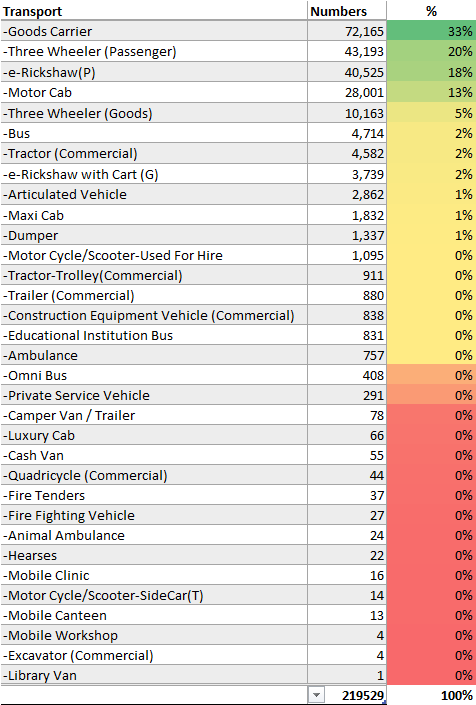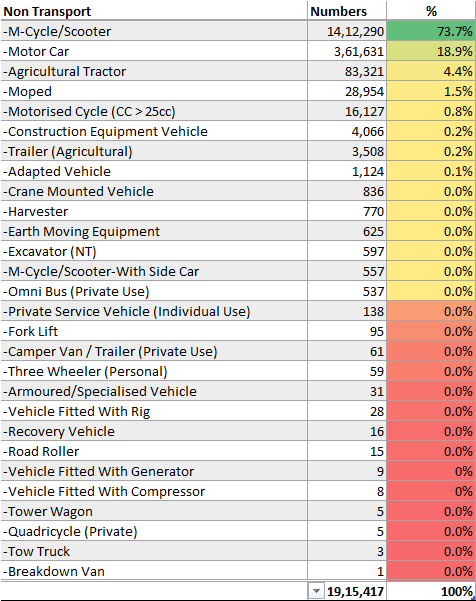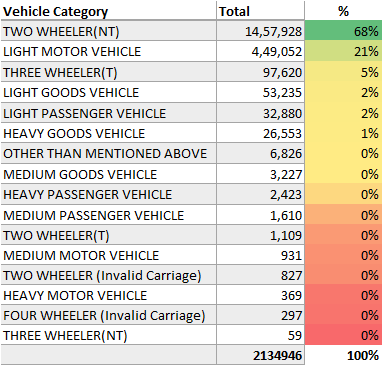Driving Forward: Exploring India's Auto Sales Trends in January 2024
In the dynamic landscape of India's automotive industry, January 2024 emerged as a month of significant milestones and promising trends. From passenger vehicles to electric cars and commercial vehicles, each segment has its own narrative to tell. Let's delve into the details:
1. Passenger Vehicle Surge
In January 2024, the Indian passenger vehicle market witnessed a remarkable surge in sales, marking a notable uptick from the previous year. Despite a slight decrease in discounts compared to the previous month, the industry showcased resilience with modest price increases. Mahindra & Mahindra, propelled by a substantial backlog of orders, stands poised for accelerated growth in the upcoming year. However, meeting burgeoning demand might necessitate a boost in production capacity.
With approximately 3.94 Lakh passenger cars sold in January 2024, the industry teetered on the brink of a significant milestone, reflecting a 14% increase from the same period last year. Notably, the top six car brands, including Maruti, Hyundai, Tata, Mahindra, Kia, and Toyota , accounted for over 90% of the market share, underscoring the dominance of established players.
2. Electric Vehicle (EV) Dynamics
January 2024 painted a mixed picture for electric vehicles (EVs) in India. While electric two-wheelers (E2W) continued to assert their dominance with a substantial sales figure of 81,476 units, other categories experienced varying trends. Notably, E2Ws witnessed a positive growth trajectory, exemplifying the burgeoning interest in sustainable mobility solutions.
3. Two-Wheeler Resurgence
The two-wheeler segment, spearheaded by industry giants Hero MotoCorp and TVS Motor, witnessed a commendable surge in sales. Bolstered by robust domestic demand, total domestic sales surpassed expectations, marking a substantial year-on-year growth of 26.40%. Hero MotoCorp emerged as a frontrunner, commanding a significant market share of 29.72% among the top players.
4. Commercial Vehicle Dynamics
Conversely, the commercial vehicle (CV) market experienced a slight dip in sales compared to the previous year, primarily attributed to drops reported by Tata Motors and Ashok Leyland. However, amidst this backdrop, bus sales surged significantly, hinting at underlying optimism and resilience within the sector. Projections indicate a short-term softness around the general elections, followed by a robust rebound fueled by economic activities and industry tenders in the subsequent fiscal year.
| Vehicle Sales | Auto Sales | Car | Two-Wheeler | Three-Wheeler | Commercial Vehicle | Electric Vehicle | RTO Registration |
Performance summary in different ways
Vehicle Class wise
Transport
Non-Transport
Vehicle Category wise
Vehicle Fuel wise
For the more insightful articles check out below links
India Vehicle Registration Stats
Auto Pedia
Auto-news
Business-news
Maker wise in different categories (Detailed)
 Mahindra & Mahindra's Accelerated Growth
Mahindra & Mahindra's Accelerated Growth
Mahindra & Mahindra emerges as a key player in the passenger vehicle segment with a substantial backlog of orders, paving the way for accelerated growth in the upcoming year.
Dominance of Top Car Brands
Established car brands like Maruti, Hyundai, Tata, Mahindra, Kia, and Toyota maintain their dominance, collectively accounting for over 90% of the passenger vehicle market share.
Positive Trajectory of Electric Two-Wheelers
Electric two-wheelers (E2Ws) continue to witness a positive growth trajectory, reflecting the increasing interest in sustainable mobility solutions among consumers.
Hero MotoCorp's Market Dominance
Hero MotoCorp leads the two-wheeler segment with a significant market share of 29.72%, showcasing its dominance and influence in the industry.
Factors Affecting Commercial Vehicle Sales
Commercial vehicle sales face challenges attributed to various factors, including economic fluctuations, regulatory changes, and shifts in consumer demand.
Projections for Commercial Vehicle Market
Projections indicate a short-term softness in the commercial vehicle market around the general elections, followed by a robust rebound driven by economic activities and industry tenders in the subsequent fiscal year.
Resilience and Adaptability of Automotive Sector
January 2024 serves as a testament to the resilience and adaptability of India's automotive sector, showcasing remarkable growth trajectories across various segments amidst challenges and fluctuations.
Promising Future of Indian Automotive Industry
Despite challenges, the Indian automotive industry sets the stage for a promising future marked by innovation, sustainability, and dynamic market dynamics.
FAQs
How did the passenger vehicle market perform in January 2024?
The passenger vehicle market witnessed a remarkable surge in sales in January 2024, reflecting a notable uptick from the previous year with approximately 3.94 Lakh units sold.
What were the trends in electric vehicles during this period?
While electric two-wheelers (E2Ws) continued to dominate with a substantial sales figure of 81,476 units, other categories experienced varying trends, showcasing the evolving landscape of electric mobility in India.
Which companies dominated the two-wheeler segment?
Industry giants like Hero MotoCorp and TVS Motor emerged as dominant players in the two-wheeler segment, with Hero MotoCorp commanding a significant market share of 29.72%.
Why did the commercial vehicle market experience a slight dip?
The commercial vehicle market experienced a slight dip primarily due to drops reported by Tata Motors and Ashok Leyland, amidst economic fluctuations and regulatory changes.
What are the projections for the commercial vehicle market post-general elections?
Projections indicate a short-term softness in the commercial vehicle market around the general elections, followed by a robust rebound fueled by economic activities and industry tenders in the subsequent fiscal year.
Conclusion
January 2024 showcased the resilience and adaptability of India's automotive sector, marked by remarkable growth across various segments. Despite challenges, the industry is poised for a promising future characterized by innovation, sustainability, and dynamic market dynamics.


